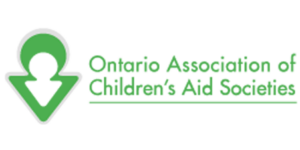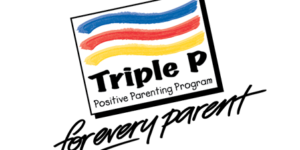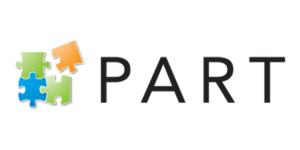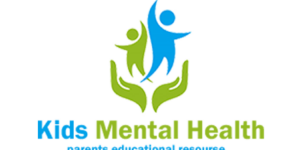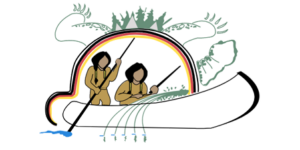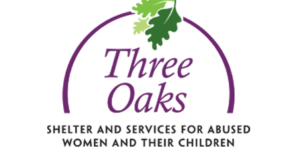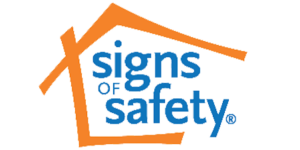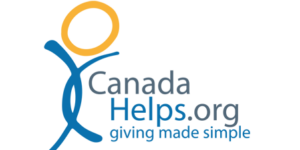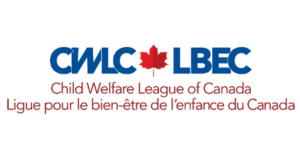“Child abuse” means the physical, emotional, or sexual abuse and/or neglect of a child under 18 years of age.
Physical Abuse
Physical abuse is any deliberate physical force or action by a parent or caregiver that results, or could result, in injury to a child or when the caregiver fails to do something to protect the child. Injuries can include bruises, cuts, welts, fractures, burns or internal injuries. Physical abuse can be one or two isolated incidents or can occur over a prolonged period of time.
Sexual Abuse
Sexual abuse occurs when a child is used for the sexual gratification of an adult or an older child and/or the caregiver is aware of the possibility of harm and fails to protect the child. This includes sexual intercourse, exposing a child’s private areas, touching for sexual purposes, watching a child undress for sexual pleasure, and allowing/forcing a child to look at or perform in pornographic pictures or videos, or engage in prostitution. Sexual harm can take place via electronic means – including phone, text, social media, or over the internet.
Emotional Abuse
Emotional abuse is a pattern of behaviour that attacks a child’s emotional safety, development, or sense of well-being or worth. This type of behaviour may include excessive, aggressive, or unreasonable demands; constant criticism, teasing, belittling, insulting, rejecting, ignoring, or isolating. Emotional harm can occur as a result of exposure to interpersonal violence or significant post separation conflict between caregivers.
Neglect
Neglect occurs when a caregiver fails to provide for a child’s basic needs, including food, sleep, safety, education, clothing, medical treatment, and supervision. Some caregivers may experience more day-to-day difficulties in meeting basic needs due to poverty, lack of affordable housing, etc. It is important to distinguish between these situations and situations of neglect.
Abandonment/Separation
Children/youth can be harmed or be at risk of harm in situations where they have had inconsistent caregiving or are in situations where there is no caregiver available to provide care for them. In some situations, caregivers may not be able to meet the unique needs of their children and need help from Children’s Aid and the community. In other situations, caregivers and youth need help to address worries that the child/youth is at risk of being separated from the family system.
Caregiver Capacity
Children/youth may experience harm or be at risk of harm in situations where caregivers are experiencing difficulties or have a condition that impacts their ability to provide safe care to children. This could include worries such as addictions, drug or alcohol abuse, health or mental health worries. Children/youth may be at risk of harm in situations where caregivers have limited caregiving skills, or a history of abuse or neglect of children.


